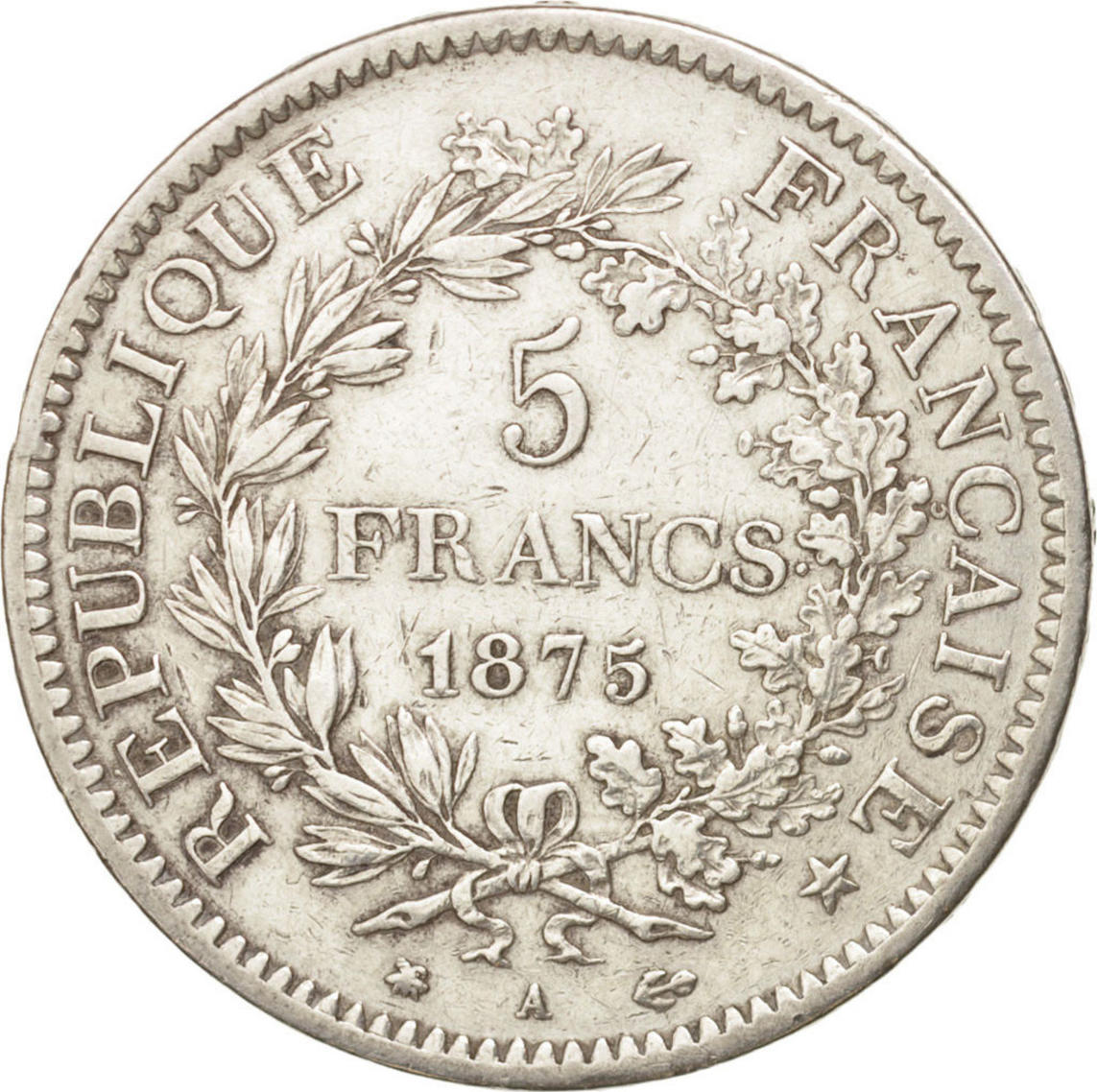SYMBOLS
Who is the main character of the story?
Mathilde Loisel
How did Mathilde feel at the party?
She was very happy, elegant, and the prettiest of them all.
When did Mathilde and her husband leave the party?
They left at about four in the morning.
What did Mathilde borrow from Madame Forestier?
A diamond necklace
What does the word "franc" mean?
Old French currency.
What was her husband's job?
He was a clerk at the Ministry of Education.
What was her husband’s first reaction to the loss?
He was frightened and immediately started searching for the necklace.
What daily chores did Mathilde have to do?
She cooked, cleaned, washed clothes, carried water, and took out trash.
What does the attic symbolize in the story?
Poverty and sacrifice.
What is another word for "clerk"?
Office worker.
Who lent Mathilde the diamond necklace?
Madame Forestier.
What did Madame Forestier say when Mathilde returned the necklace?
She said coldly, “You should have brought it back sooner. I might have needed it.”
How long did they live this hard life?
10 years
What do Mathilde's red hands symbolize?
Hard work and the physical cost of pride.
What kind of life did Mathilde dream of?
A life full of luxury, beauty, and admiration.
Why didn't Mathilde visit Madame Forestier very often?
Because Madame Forestier was rich, and Mathilde felt jealous.
Why was Mathilde unhappy even though she had a loving husband?
Because she cared more about luxury than love.
Where did they look for the lost necklace?
They searched everywhere, traced their steps, and went to the police, newspapers, and cab companies.
What does the necklace represent now, at the end?
The price of vanity and social ambition.
What is the main moral of the story?
Be grateful for what you have.
What does Mathilde's behavior show about her personality?
She was proud, materialistic, and never satisfied.
What does the story teach about chasing appearances?
It can lead to unhappiness and regret.
What question does the story end with?
"What would have happened if she had not lost that necklace?..."
How does the lost necklace connect to the story's irony?
It was probably fake, meaning all their suffering was for nothing.
How does Maupassant criticize society in this story?
He shows that obsession with wealth and status leads to misery.